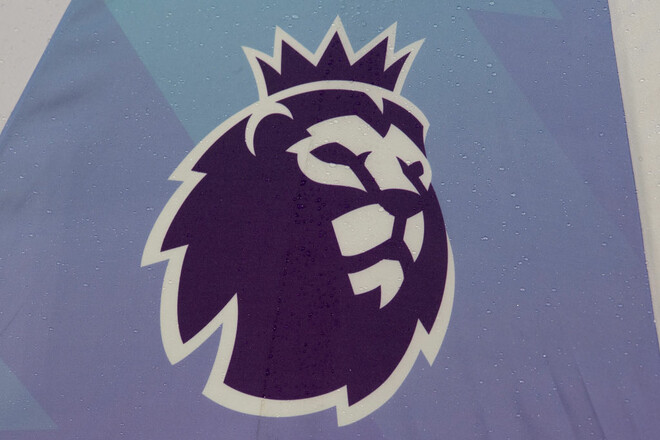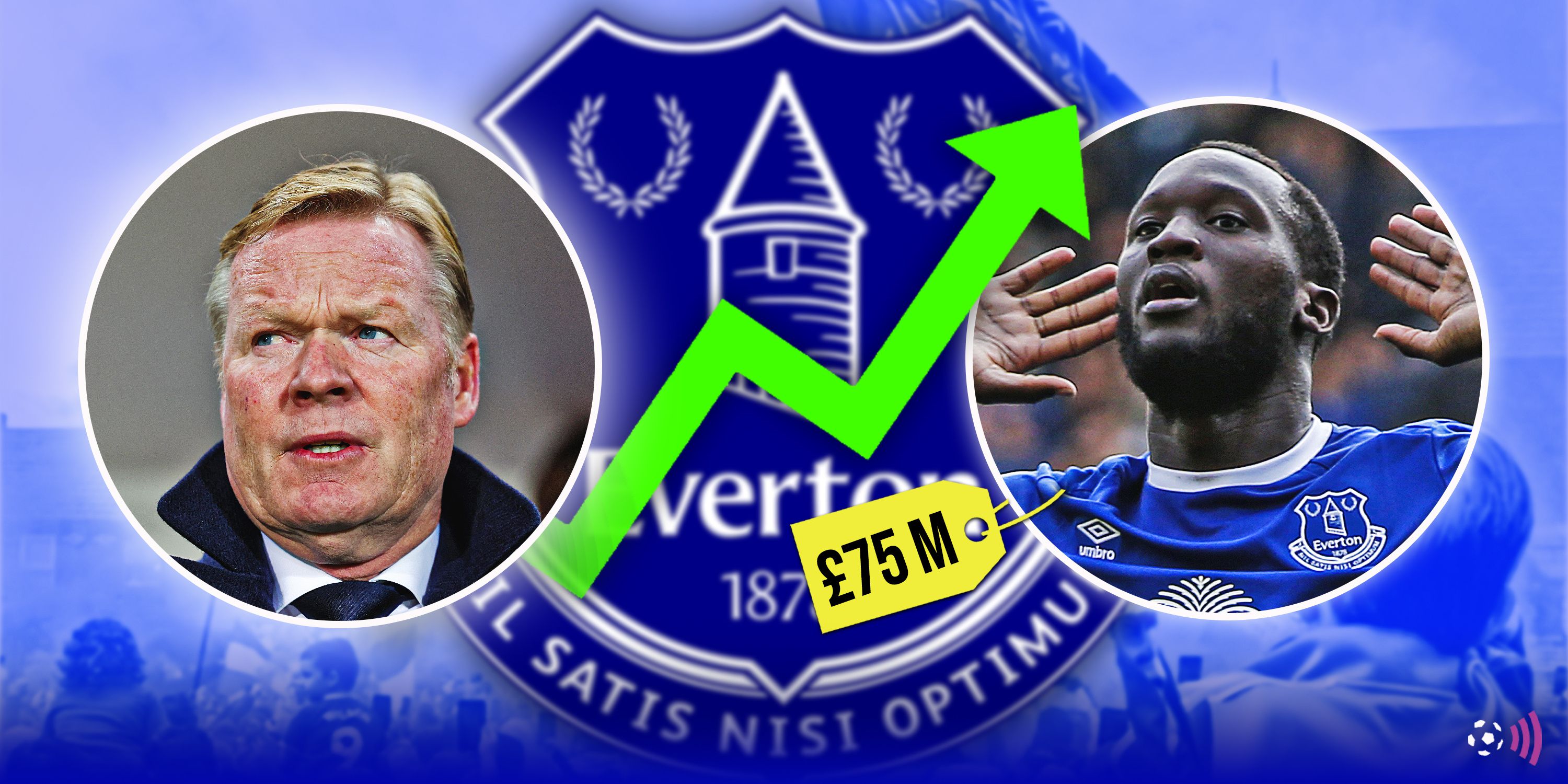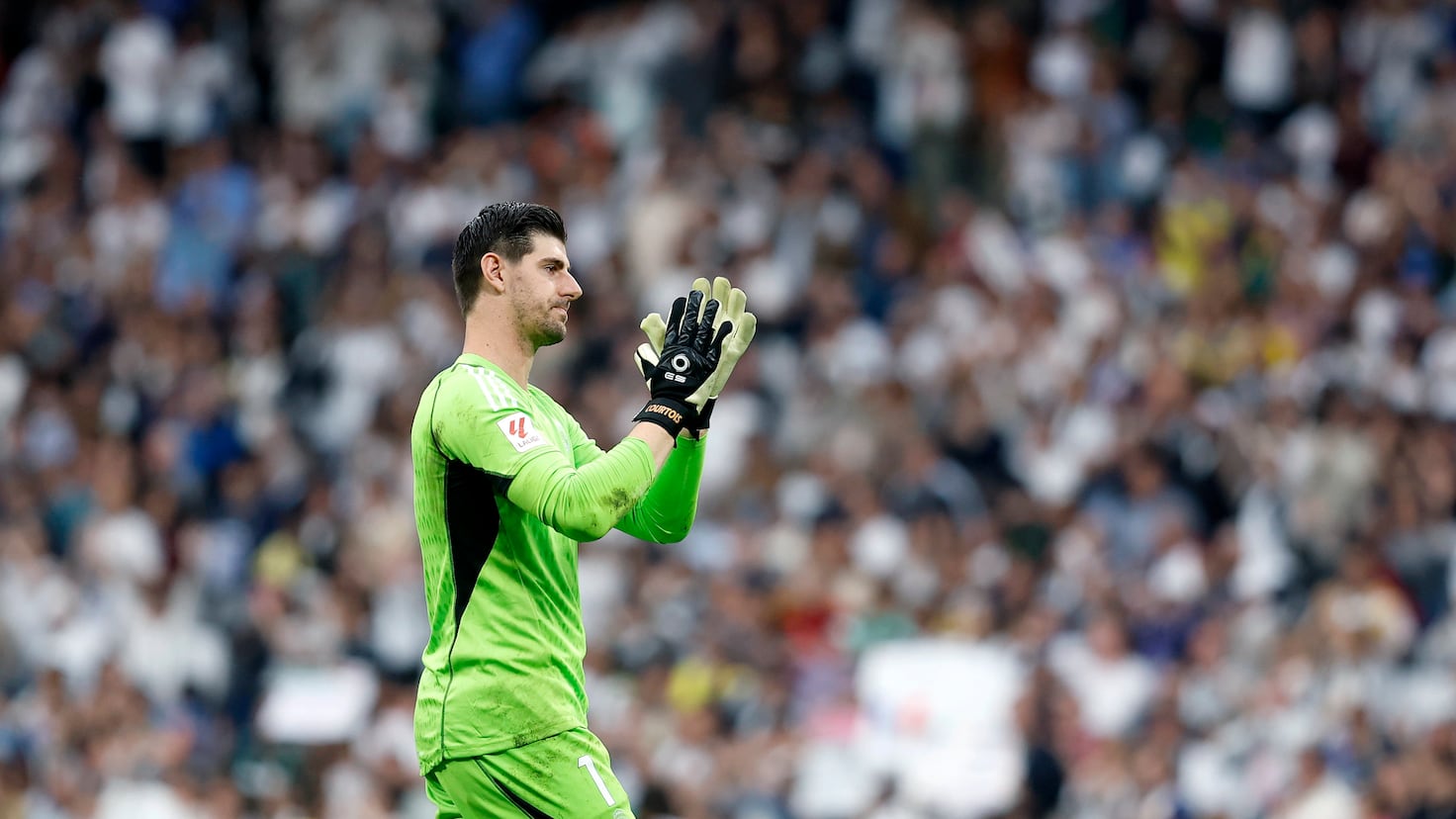In an unprecedented move set to reshape the landscape of English football, Premier League clubs have made headlines with their decision to introduce a salary cap linked to the earnings from broadcast rights of the league's lowest-ranking team. This bold initiative aims to reinforce financial stability and competitive balance within one of the world's most illustrious football leagues.
Groundbreaking Decision: Financial Fairness Forward
In a vote that saw the majority siding with fiscal prudence, 16 out of 20 Premier League clubs have heralded a new era in football finances with their backing of the salary cap. Crunching the numbers, had this cap been implemented currently, it would equate to a ceiling of 466 million pounds, a staggering figure that remains tethered to the realities of broadcasting revenues, specifically 4.5 times the income of the league's lowest earner from TV rights.
Big Clubs' Resistance to the New Financial Landscape
The move wasn't without its objectors, however, as both Manchester titans, City and United, alongside Aston Villa, stood against the proposal. Chelsea took a neutral stance, abstaining from the vote, indicating a splintered view amongst the league's financial powerhouses. The resistance suggests a looming battle off the pitch, as clubs weigh the implications of their wage structures against the long-term health of the league.
The Implications for English Football
What does this mean for the future of the Premier League? With the cap, clubs will be urged to foster talent and practice fiscal responsibility, potentially leading to a more level playing field. However, the cap could also alter the global transfer market dynamics, as the Premier League's status as a financial juggernaut is poised for change. This move endorses the spirit of competition, equity, and sustainability; principles that are increasingly becoming pillars of modern sports management.
Editor: Emiliia Morozova
Soccer
Tierney on Arteta's Tactical Decision: 'He Was 100% Correct'Soccer
Cleveland Cavaliers Face Uncertain Future After Playoff ExitSoccer
Atlético de Madrid Seeks Third Place After Girona's SetbacksSoccer
Brighton vs Chelsea: Mudryk Faces Former Mentor De Zerbi in Crucial EPL ClashSoccer
Toni Kroos Criticizes Referee Decision in Controversial Bayern MatchSoccer
LAFC vs St. Louis CITY SC: A Thrilling MLS Showdown AwaitsSoccer
Romelu Lukaku's Impact at Everton: A Legacy of Goals and ProfitsSoccer
Alavés Reveals Starting XI: Key Players to Watch Against Real MadridSoccer
Girona Faces UEFA Deadline: Will They Sever Ties with Manchester City?Soccer
UEFA Champions League Expands: 36 Teams to Compete in 2024/25 SeasonSoccer
Manchester City on the Brink of Premier League Triumph: A Thrilling Finale Awaits












